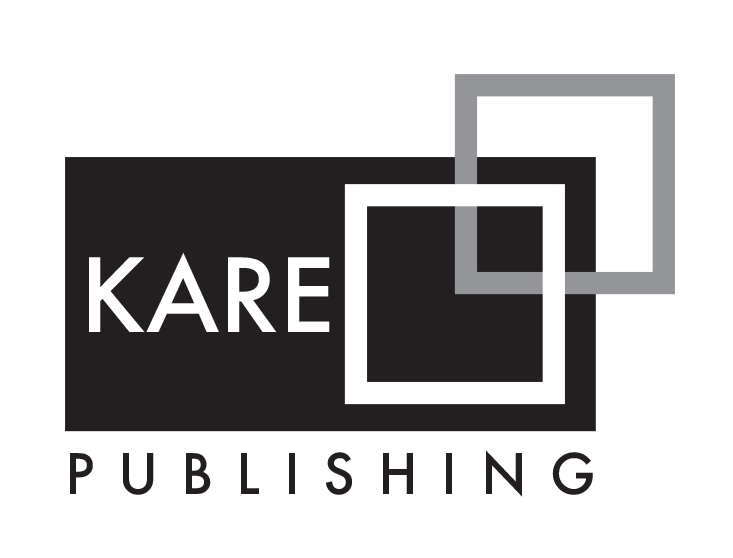Abstract
Background: This study aimed to determine whether the educational resources that benefit dental students are Internet-based sources or traditional lecture notes and books and to assess awareness and attitudes toward three-dimensional digital technologies among students.
Materials and Methods: Twenty questions about demographic information, knowledge levels of three-dimensional technology, and educational resources, such as traditional lecture notes and books or Internet-based sources, were asked of the students from the first class to the last at Ankara Yıldırım Beyazıt University Dental School. Data collected from this survey were analyzed using the SPSS 22 statistical program. Descriptive statistics, including frequency and percentage distributions, were used to evaluate the data. Besides, the relationship between the variables was examined using the chi-square (χ²) test and a significance level of p < 0.05 was considered.
Results: A total of 309 students were enrolled in the study. In terms of using knowledge sources among students, 84.8% benefited from lecture notes, 55.3% from YouTube videos, and 54.4% from other Internet sources. The most popular digital technologies known to students were three-dimensional printers (71.8%) and computer-aided design and manufacturing (66.7%).
Conclusion: Although traditional lecture notes and books are still used for educational resources, the use of Internet resources is considerably higher. The increasing use of social media and the knowledge level of three-dimensional technology among students may require a shift from traditional to digital technology methods.

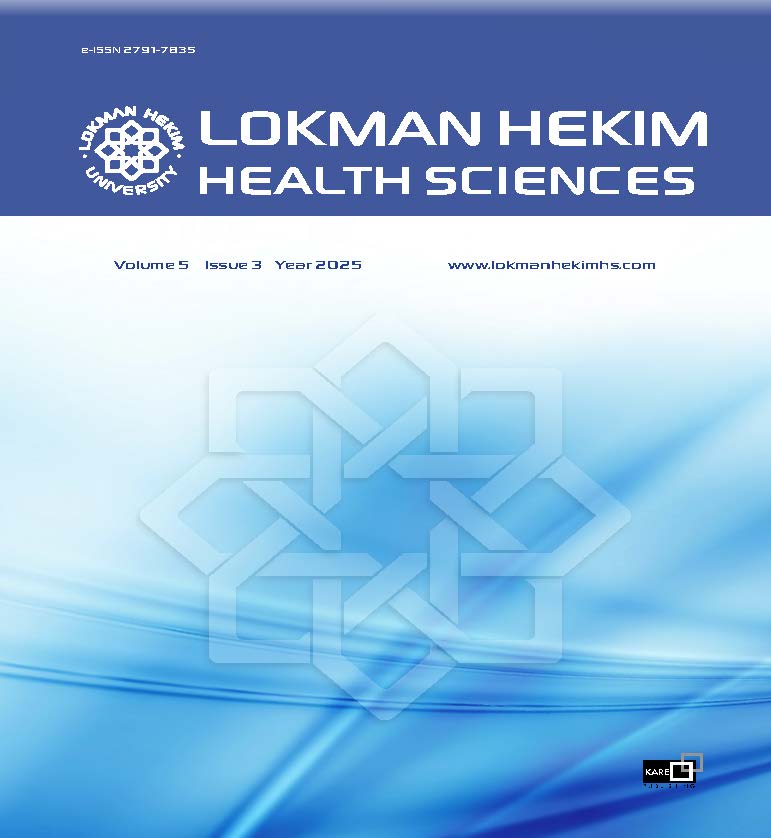
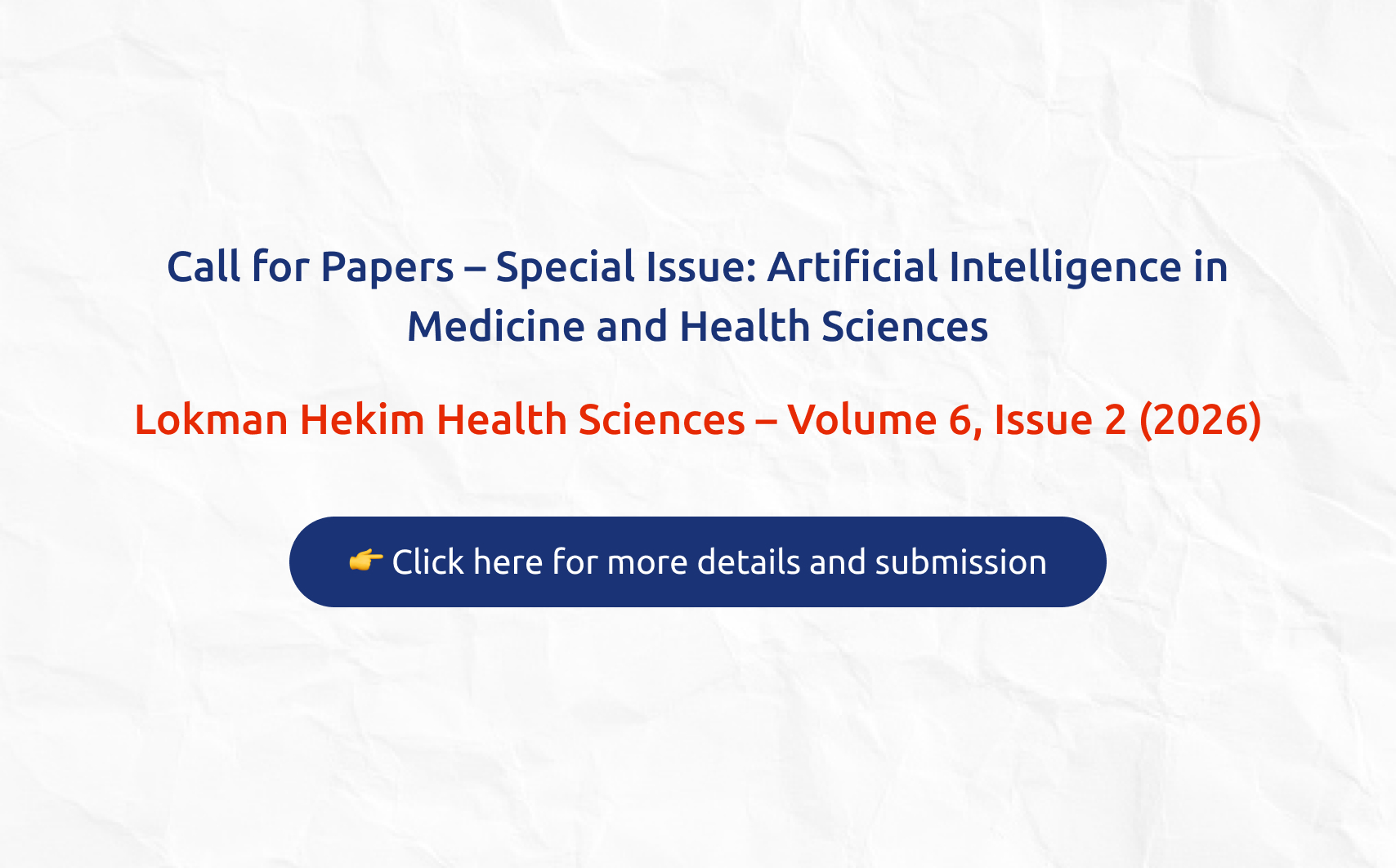
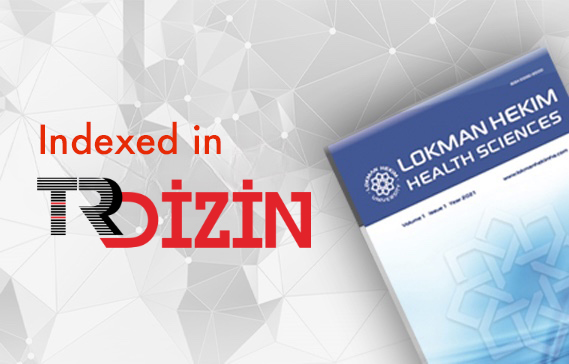
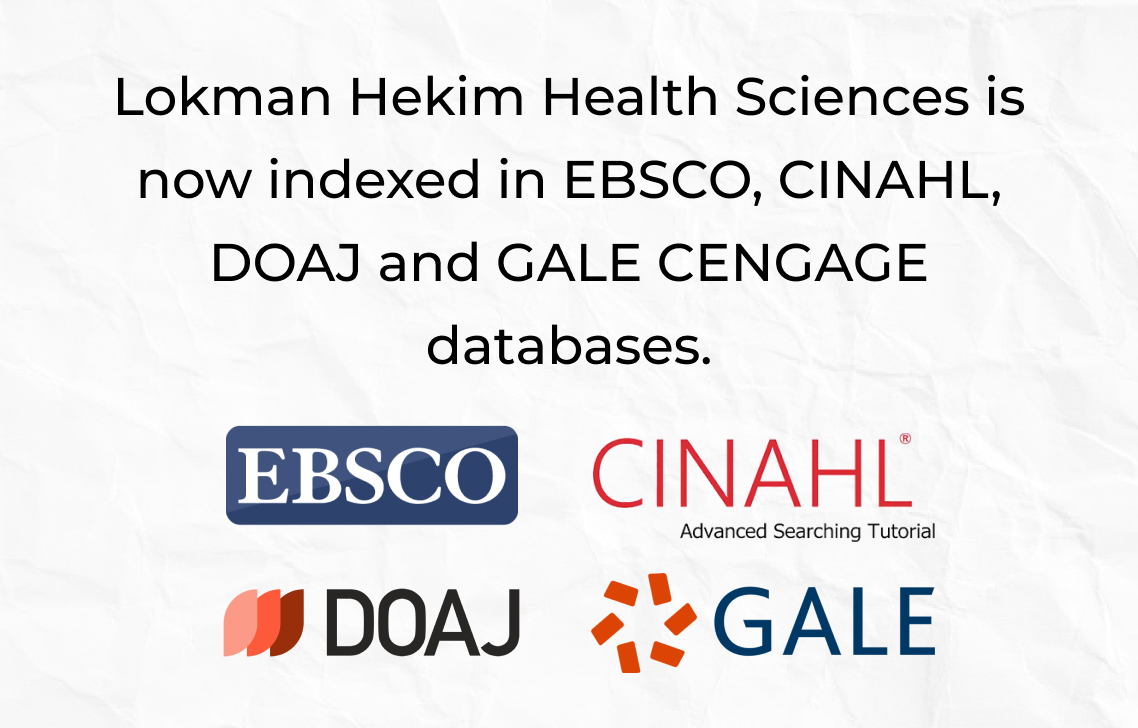

 Gokce Unsal1
Gokce Unsal1 








